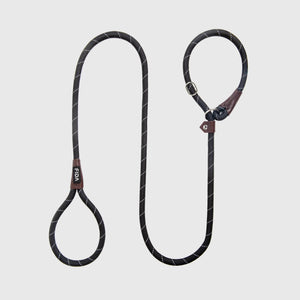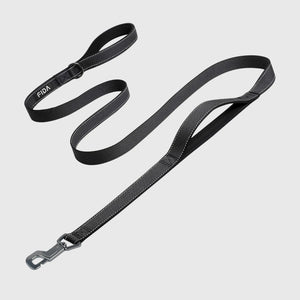
Common Walking Myths Every Dog Owner Should Stop Believing
As dog owners, it’s easy to fall into the trap of believing popular myths about our furry friends, especially when it comes to dog walking and behavior. These myths can often cloud our judgment and create unnecessary stress or confusion. Today, we’re here to debunk some of the most common misconceptions about dog walking and help you build a better relationship with your dog. From leash behavior to walking duration, let’s clear up the confusion and set the record straight.
1. “Pulling Means Dominance”
One of the most pervasive myths in dog walking is that if your dog pulls on the leash, they are trying to assert dominance over you. While this may sound logical at first, it simply isn’t true.
In fact, dogs pull on leashes for various reasons—curiosity, excitement, or simply a lack of leash training. Pulling is often a learned behavior, not a reflection of your dog's desire to dominate. Dogs who are enthusiastic about walks are just eager to explore their surroundings. With proper training and consistency, you can teach your dog to walk calmly on a leash.
Tip: Focus on positive reinforcement, like rewarding your dog when they walk by your side. Training tools like a no-pull harness, such as the ones available at FIDA, can help make these training sessions smoother.
2. “Short Walks Are Lazy”
Another common myth is that if your dog only gets short walks, they’re being lazy or not getting enough exercise. However, this is not necessarily true.
Not all dogs need long, strenuous walks every day, especially for smaller breeds or older dogs. What’s more important than the length of the walk is the quality. A shorter walk with varied stimulation, such as sniffing and exploring new environments, can be just as mentally and physically engaging as a long jog.
Tip: Aim for a balance of mental and physical stimulation. Even a quick 20-minute walk can be enriching if you allow your dog to explore and interact with their environment.
3. “Retractable Leashes Cause Bad Behavior”
Retractable leashes are often viewed as a source of bad behavior in dogs, with many people assuming they encourage pulling and lack of control. While it’s true that retractable leashes can sometimes make it harder to control a dog, when used correctly, they can provide additional freedom and flexibility during walks.
The key is using a retractable leash in safe environments, like open fields, where your dog can roam without the risks associated with city sidewalks. Retractable leashes should never be used in crowded areas, as they can make it difficult to control your dog if they start pulling.
Tip: Choose a reliable, strong retractable leash for maximum control when appropriate. Look for leashes like the FIDA AutoBrake Leash, which is designed to keep your dog safe by using an auto-brake system to control the leash’s length and prevent sudden jerks.
4. “Leash Training Should Be Quick and Easy”
Leash training is often perceived as something that can be done quickly, with results seen after just a few walks. In reality, leash training takes time, patience, and consistency. Dogs, especially puppies, need to learn that pulling on the leash gets them nowhere. Positive reinforcement works best when applied consistently over time.
Tip: Incorporate training into daily walks, and be patient. Celebrate small wins—like when your dog walks a few steps calmly without pulling.
5. “Walking Every Day Is Enough to Keep My Dog Fit”
Many dog owners believe that simply walking their dog every day is enough to maintain their dog's health. While daily walks are crucial for physical exercise and mental stimulation, they aren’t the only form of exercise your dog needs.
Tip: Combine daily walks with other forms of exercise, such as playing fetch, hiking, or mental exercises like puzzle toys, to provide a more well-rounded fitness routine.
6. “All Dogs Are Comfortable Walking in Crowds”
It’s easy to assume that all dogs should be fine walking in crowded areas, but not every dog enjoys bustling environments. Some dogs, especially those with anxiety or lower socialization, may find crowds overwhelming.
Tip: Pay attention to your dog’s body language. If your dog seems uncomfortable in crowds, consider walking in quieter areas or gradually desensitizing them to more crowded environments in a controlled way.
How Proper Gear Helps with Training
While debunking these myths, it’s essential to understand that the right gear plays a significant role in your dog’s behavior. Properly fitted harnesses and consistent walking routines are key to promoting good leash manners and creating positive experiences during walks. Leashes with safety features, like the FIDA AutoBrake Leash, help provide a secure and controlled walking experience, reducing the chances of sudden jerks or mishaps.
Conclusion
By shedding light on these common myths, we hope to help you have a more informed, relaxed, and enjoyable experience while walking your dog. Remember, walking isn’t just about exercise—it’s an opportunity to build trust, enhance your dog’s well-being, and strengthen your bond.
Whether you’re using the best retractable dog leash or a standard leash, the most important factor is consistent, positive training. So next time you go for a walk, leave the myths behind and focus on what truly works for you and your dog.



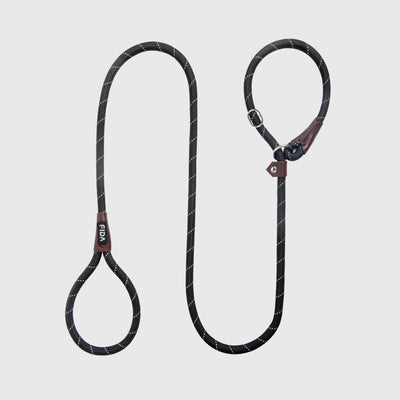

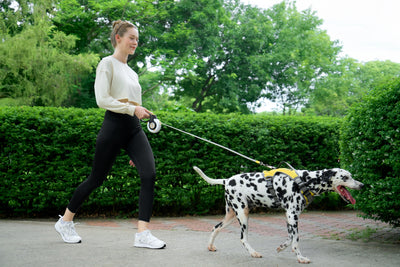
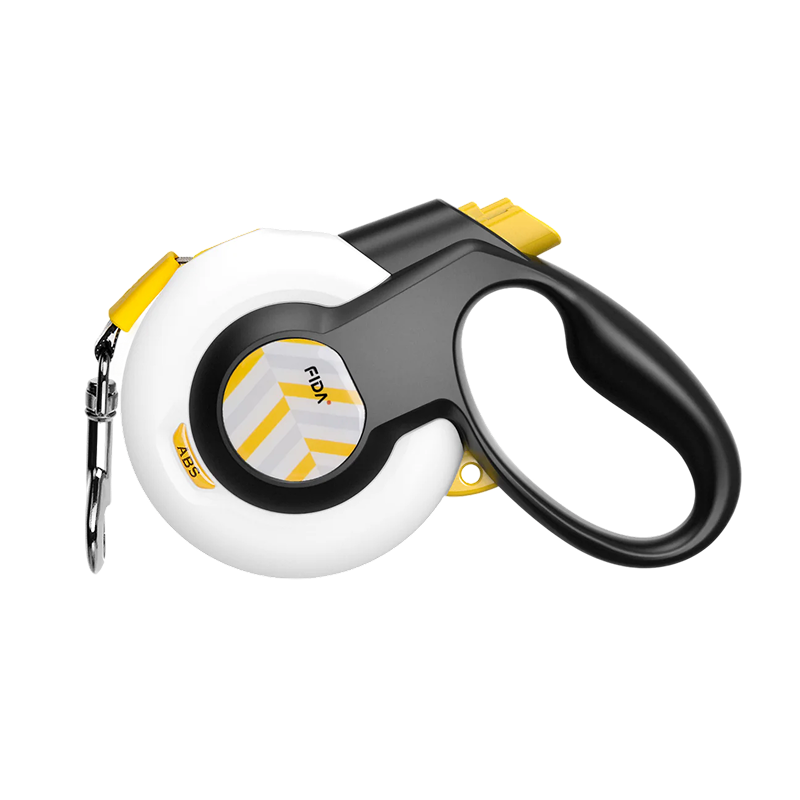 Retractable Leashes
Retractable Leashes
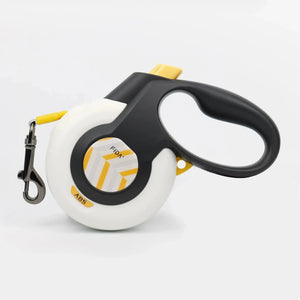

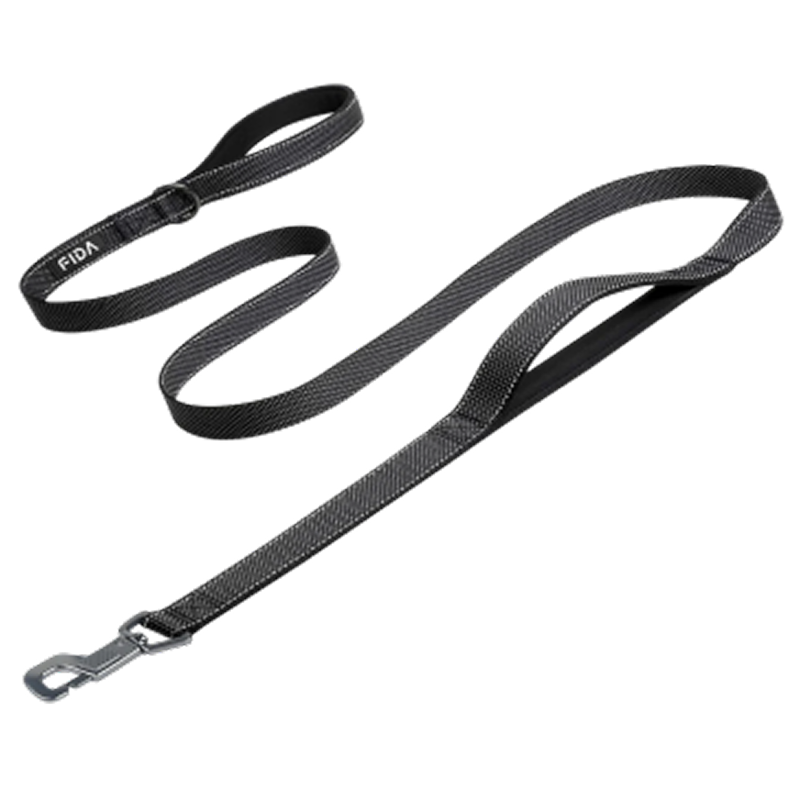 Non-Retractable Leashes
Non-Retractable Leashes
